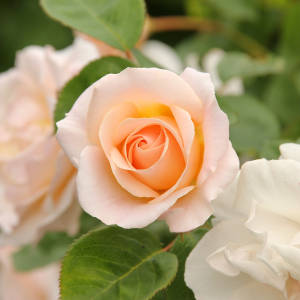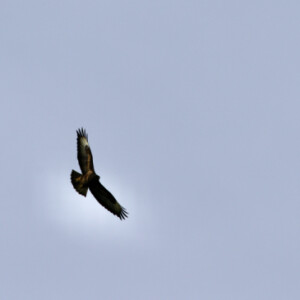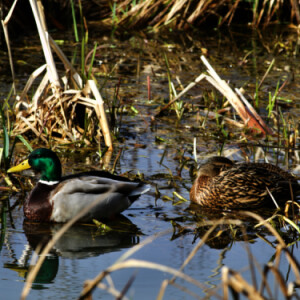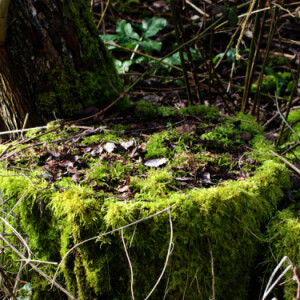Meridian Man
We are gradually trying to venture a bit further afield on our occasional outings, so this morning we set off for Cornmill Meadows in the Lee Valley. We didn’t stay out for long because it was incredibly muddy underfoot and we both felt a bit nervous of falling headlong, but we really enjoyed the short time we were there.
The birdsong was fantastic, and the fresh air was a real tonic after quite a few days spent indoors doing housework! I spotted jays, blue tits, long-tailed tits and a robin and was glad I’d brought my long lens with me as well as my usual one, even though it’s pretty heavy. I took quite a lot of shots but they were all pretty mediocre. We headed gingerly back to the car, boots and trousers plastered with mud, and while Smithers went off to pay for the parking I gazed around me, just in case there was anything interesting I hadn’t spotted. I was rewarded with the sight of a large bird coming into view, which circled around overhead. I took lots of shots, having no idea what I was looking at.
After we got home and I’d downloaded my photos and enlarged the ones of the large bird, I discovered it was a buzzard, and was thrilled to bits because I’m a very amateur bird watcher and I’m not sure I’ve seen one of those before. I then turned to Google to see if I could find out something about this statue, which I had seen in the far distance but which we didn’t try and reach because everywhere was so muddy. My research taught me something I didn’t know, so apologies for a long entry, but I was interested to discover this:
The statue faces south along the line of the Meridian, and is one of two, one mile apart, on a lane marking the meridian line stretching from Waltham Cross to the Crooked Mile, Waltham Abbey. Both are made of granite which was left after the old London Bridge was demolished. The story goes as follows, according to Victor Keegan’s helpful blog (see link below).
In the early 1970s a load of huge granite blocks was deposited by persons unknown on a roundabout on the A10 at Hoddesdon, Hertfordshire. It is probable that they came directly or indirectly from the yard of John Mowlem & Company, who demolished the old London Bridge in the early 1960s, when most of it went to Arizona. However, in view of the fact that the Americans had built a reinforced concrete structure for the bridge, they only wanted the stone as cladding, which meant that there was an awful lot of it left in London. The temptation to turn remnants of London Bridge into artworks is obviously quite strong, because there are many different artworks dotted around which used London Bridge granite blocks. I’m afraid I haven’t been able to find out anything more about the statue, or whose work it is, after a quick trawl on Google.
And, if you’re still with me (well done!) I have put one or two more photos in extras to give a flavour of our walk.
http://www.londonmylondon.co.uk/searching-for-the-granite-blocks-from-old-london-bridge/




Comments
Sign in or get an account to comment.


